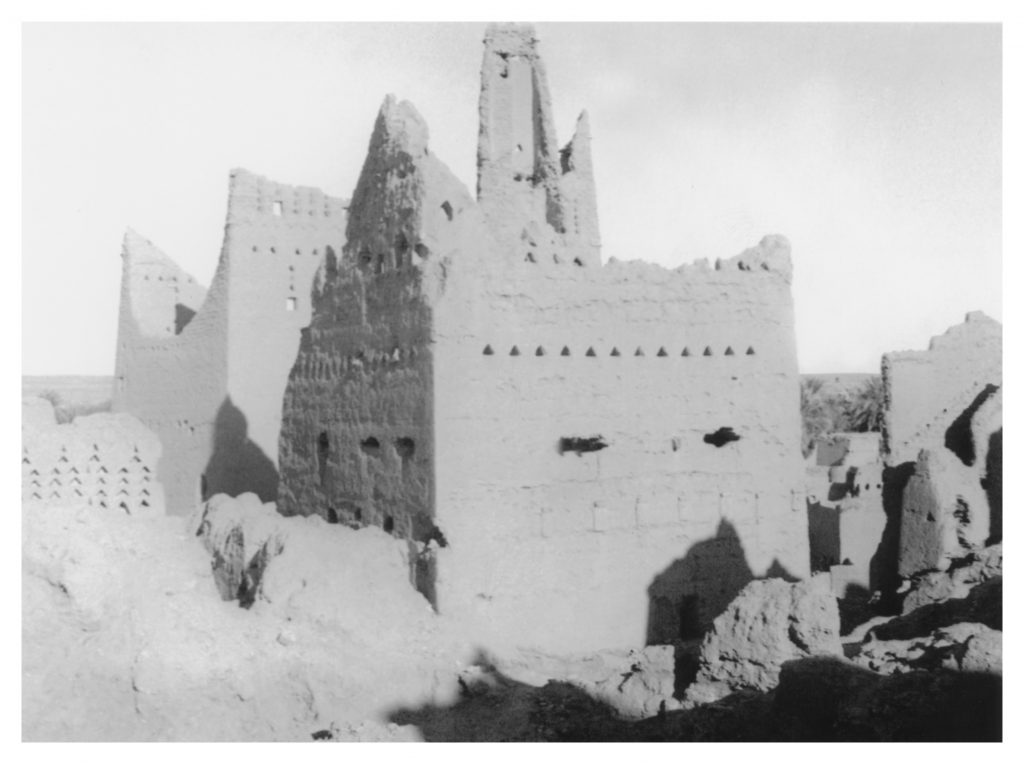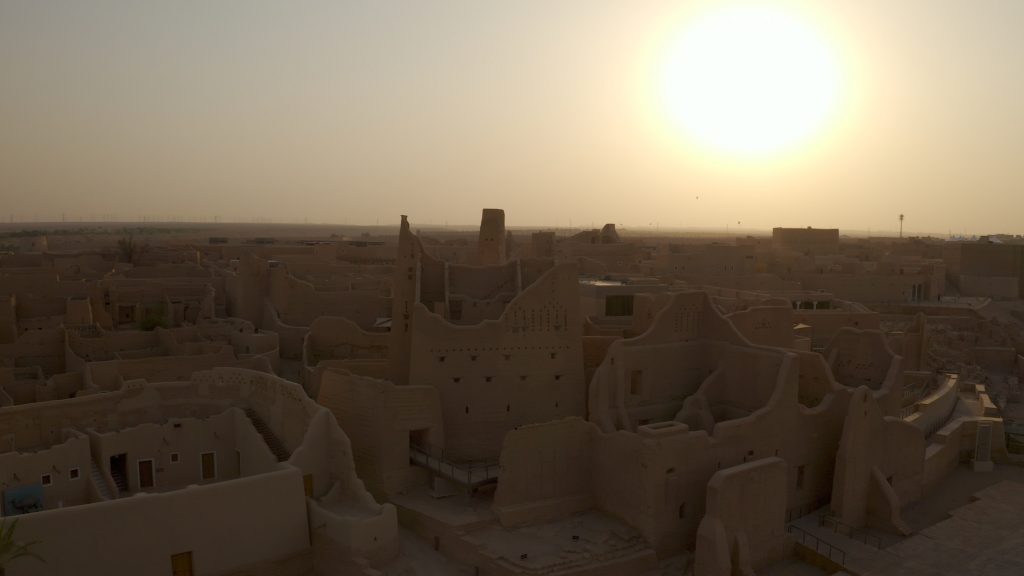





Lama Alhamawi
RIYADH: If the walls of Salwa Palace could speak, what a thrilling tale of secrets, integrity and valor they could tell.
Exploring the narrow hallways of what was once home to the Kingdom’s early leaders, who paved the way for modern-day Saudi Arabia, is like wandering through a maze of historic wonders.
The palace is not only a part of the historic At-Turaif UNESCO World Heritage site in Diriyah, it is also a symbol of the enduring spirit and culture of the people of Saudi Arabia.
Part of the defenses that protected the first Saudi state from a 193-day attack by the Ottoman army in 1818, the palace continues to stands tall. While the walls were battered by the assault, many parts remained intact and their resilience came to be seen as a reflection of the spirit of the Saudi people.
The Arabic word “salwa” translates as “joy and comfort.” Visitors get a sense of why this is such an appropriate name for the palace as they are engulfed with a sense of peace and serenity as they walk through its different sections.
Salwa was the home of Mohammed ibn Saud, considered the founder of the first Saudi state. It was referred to as the ruling palace because it is where state leaders gathered to discuss business, politics, and social events — essentially the administrative hub of the time.
Built in 1776 by Imam Abdulaziz ibn Mohammed ibn Saud, the palace remains the largest standing structure in Diriyah. It covers an area of 10,000 square meters and includes seven sections, including a reception area, majlis, administrative units, a school, a mosque and a public meeting space.
During the palace’s heyday, guests were greeted in the reception area before being taken to the majlis or the mukhtasar, depending on the nature of the meeting. A very exclusive part of the palace, the mukhtasar is where private issues were addressed by the leaders of the Kingdom. Only the imam and his councilors were permitted to enter this room to discuss and resolve the important matters that arose.
The private school within the palace is where the members of the royal family were tutored in Islamic subjects, mathematics and the Qur’an. When Diriyah opens to the public, visitors can see the remains of the original pillars, which are all that remain the school building.
However, many historical treasures and artifacts have survived that offer insights into the daily lives of Saudis hundreds of years ago. A well, for example, where people could drink and perform ablutions before prayer, is almost untouched.
The palace was built from stone, mud-bricks and straw. Wood from tamarisk trees served as the foundations to support doors and walls. The mud-bricks were made from a mixture of mud and silt that was poured into a 20cm-by-40cm wooden frame, pressed and then laid out in the sun to dry. The bricks were layered, one by one to create the walls of the palace.
History is etched in every detail of its construction. The personal touches of the workers who built the structures, including unique variations in the alignment of the mud-bricks, transport visitors back in time to the days of the forebears of modern-day Saudis. As such it is an enduring representation of the heart and soul of the Kingdom through the ages.
Salwa Palace serves as an important symbol of the country’s history, heritage and culture. Walking through its narrow pathways in the footsteps of leaders from centuries ago, visitors cannot help but feel a sense of empowerment, pride and honor, knowing that this was where the fates aligned and decisions and achievements were made that paved the way for the modern nation the world knows today.